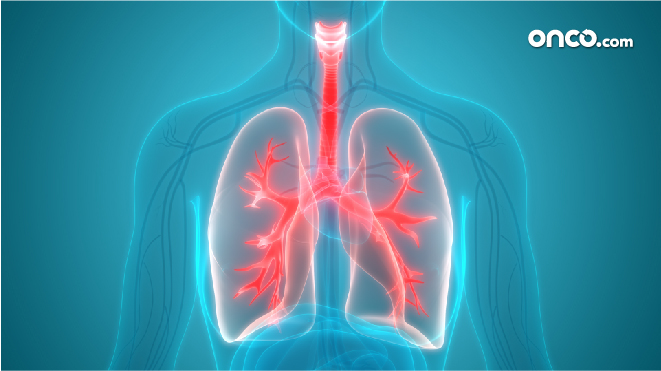What are the causes of lung cancer?
A risk factor is something that increases the chances of developing the disease. It could either be a condition or a substance. The chance of developing lung cancer increases with age. Smoking tobacco is known to be the most critical risk factor in the case of lung cancer. The following are a few causes of lung cancer.
What are the common risk factors that can lead to lung cancer?
The most common risk factors for lung cancer:
Smoking
Smoking cigarettes are known to be the leading cause of developing lung cancer as the smoke from cigarettes contains chemicals known as carcinogens. Carcinogens are chemicals that cause changes in the cells in the lungs, which results in cancer.
The risk of developing lung cancer has many other factors involved. Namely, the age at which a person started smoking, the number of cigarettes smoked in a day and for how long the person has continued smoking.
Passive smoking
The inhaling of secondhand smoke or passive smoking is one of the leading risk factors among non-smokers. The breathing in secondhand smoke is as harmful as smoking a cigarette as it contains the same amount of chemicals when inhaled.
Exposure to radiation
People exposed to atomic bomb explosions or nuclear accidents are at a higher risk of developing lung cancer. People who have also undergone radiation therapy for certain cancers like breast cancer also are at a higher risk of developing lung cancer.
Radon
Radon is a colorless, odorless gas that comes from the breakdown of uranium in the soil and rocks. Outdoors the gas is diluted with fresh air, so it is usually not a concern, but radon can seep into buildings through cracks in the foundation and dirty floors. The radon gas, when breathed in can cause damage to the cells that line the lungs. Radon is a leading cause of cancer in non- smokers. Furthermore, lung cancer risk increases with exposure to gas.
Occupational exposure to certain chemicals
People exposed to particular carcinogens at work are at higher risk of developing lung cancer. An example of these carcinogens would be arsenic and inorganic arsenic compounds, silica dust, chromium, cadmium, and mustard gas.
Asbestos
The asbestos fiber is a silicate that can last a lifetime in the lungs. The workplace is the most common area for exposure to asbestos fibers, and this kind of exposure occurs in industries that make both thermal and acoustic insulation materials. Research has linked the risk of developing lung cancer to exposure to asbestos.
Air Pollution
Constant exposure to polluted air is a cause of lung cancer. Polluted air is as harmful as cigarette smoke, and some lung cancer deaths occur on account of the smoke.
Prior history of lung cancer
People who have had lung cancer before are at higher risk of developing it again in comparison to the general population who have not had a history of lung cancer before. People who have had non-small cell lung cancer have an added risk of 1 to 2% per year, and people who have had small cell lung cancer have an added risk of 6% per year.
Also, read more on the signs and symptoms of lung cancer.




